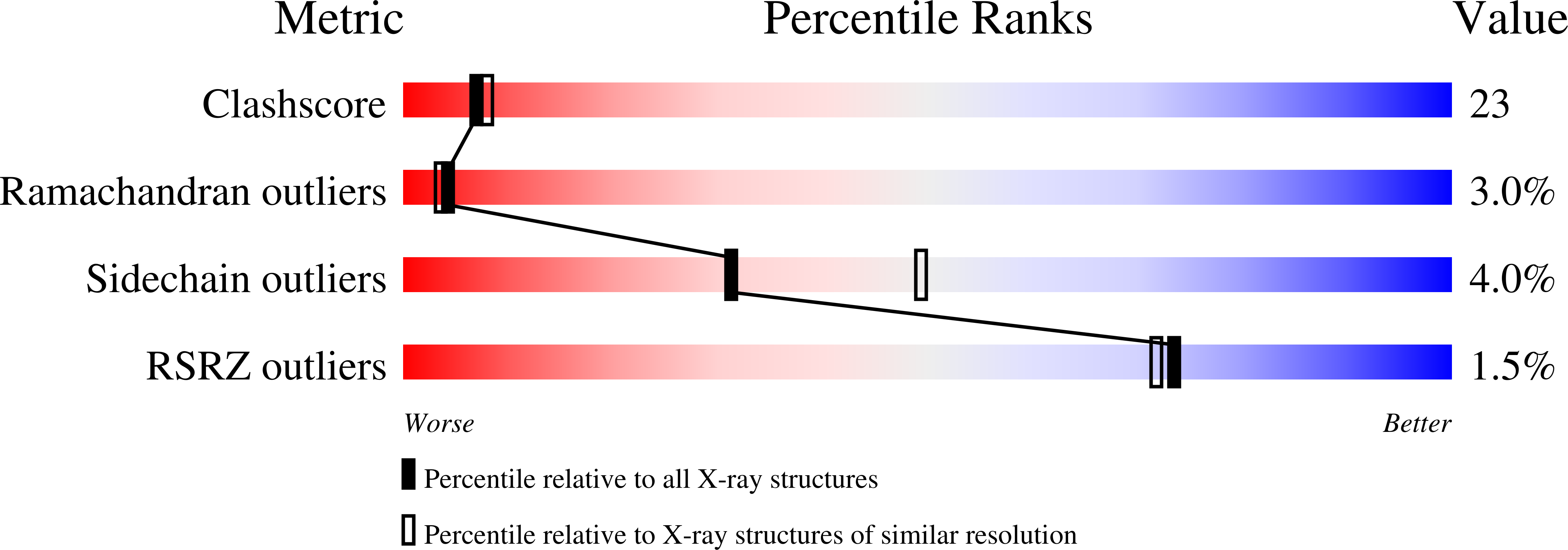
Deposition Date
2003-12-04
Release Date
2004-03-30
Last Version Date
2024-04-03
Entry Detail
PDB ID:
1RQ5
Keywords:
Title:
Structural Basis for the Exocellulase Activity of the Cellobiohydrolase CbhA from C. thermocellum
Biological Source:
Source Organism:
Clostridium thermocellum (Taxon ID: 1515)
Host Organism:
Method Details:
Experimental Method:
Resolution:
2.40 Å
R-Value Free:
0.27
R-Value Work:
0.21
R-Value Observed:
0.21
Space Group:
P 61


